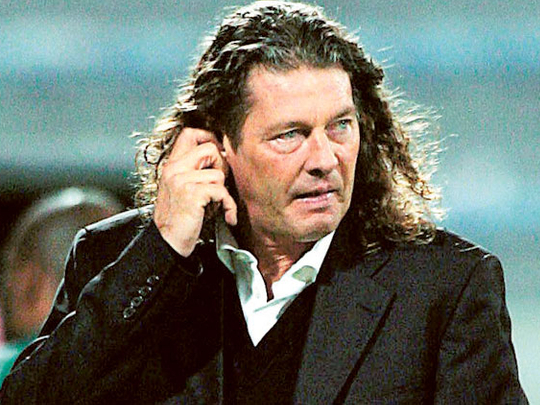
This is the same commission that ruled that aspiring jockey agent and recent college graduate Philip Miller couldn't be an agent because he had no hands-on experience on the backstretch. This isn't the first time we've seen head-scratching rulings or decisions from the New York Gaming Commission. At the very worst, Gazer deserved a phone call from someone at the Gaming Commission telling him not to do this again. And if the rule was not so poorly conceived this never would have been an issue. Probably, he thought that what he did was no big deal.and it wasn't. Everyone involved could have just waited it out.īut he chose to change the distance and is now facing a penalty that in no way fights the “crime.” A veteran of some 40 years clocking horses on the NYRA circuit, Gazer, in no way, was trying to deceive gamblers, the racing office or anyone else. Both were faster than the :53-second criteria, meaning the horse would have found himself off of the list in short order if the May 1 distance had not been changed. Since the May 1 work, Papi On Ice has had two four-furlong works, one coming May 11 and the next May 25. Maybe Gazer should have left the workout alone. So, knowing that only a four-furlong workout would get the horse eligible to run again, he changed the work from five furlongs to four. Gazer checked with the clockers assigned to the training track and was told that during Papi On Ice's May 1 work, the horse went the first four furlongs in :51.33, fast enough to get off the list. Gazer did indeed change the workout, but not the time. If a four-furlong workout is sufficient to make the horse eligible, why would a five-furlong workout not be? The longer the work, the better the gauge of a horse's fitness and their ability to be competitive in a race. The racing office had no choice because it had to adhere to the rule, even if the rule makes no sense. For whatever reason, workouts longer than four furlongs do not count.īecause, by the letter of the law, Papi On Ice had not done what was needed to come off of the poor performance list, the NYRA racing office would not accept the entry when Persaud tried to get the colt into a race. To get off the poor performance list, a horse must come back with a subsequent four-furlong workout in :53 seconds or better. On April 16, Papi On Ice was beaten 26 3/4 lengths in a maiden special weight race at Aqueduct, finishing fifth in the field of five. If a horse is beaten by 25 lengths or more, the stewards have the option of placing the horse on the list. The poor performance list was created in 2015 and was part of an effort to increase safety at the New York tracks.

The work was important because the horse needed to have a satisfactory workout in order to get off of NYRA's poor performance list. On May 1, Papi On Ice was credited with a five-furlong work in 1:04.60 over the Belmont Park training track for trainer Randi Persaud. Thanks to the reporting by Dave Grening in the Daily Racing Form, we know what happened.

Unfortunately, when it comes to the Gaming Commission common sense seems to be in short supply.

He was charged with “altering a published work of a horse to make the horse eligible to race.”īut, in this case, dig just a little bit deeper and apply just a modicum of common sense to the situation and you'll likely conclude that Gazer did nothing wrong. The New York Gaming Commission is alleging that clocker Richie Gazer played around with the workout of a horse named Papi On Ice (Keen Ice) and suspended him for 30 days and fined him $2,500. Workouts are an important part of a horse's history and gamblers must be able to have trust in their accuracy. When the news was reported earlier in the week that a NYRA clocker had been charged with altering a published workout, it may have seemed at first that a significant penalty was in order.


 0 kommentar(er)
0 kommentar(er)
